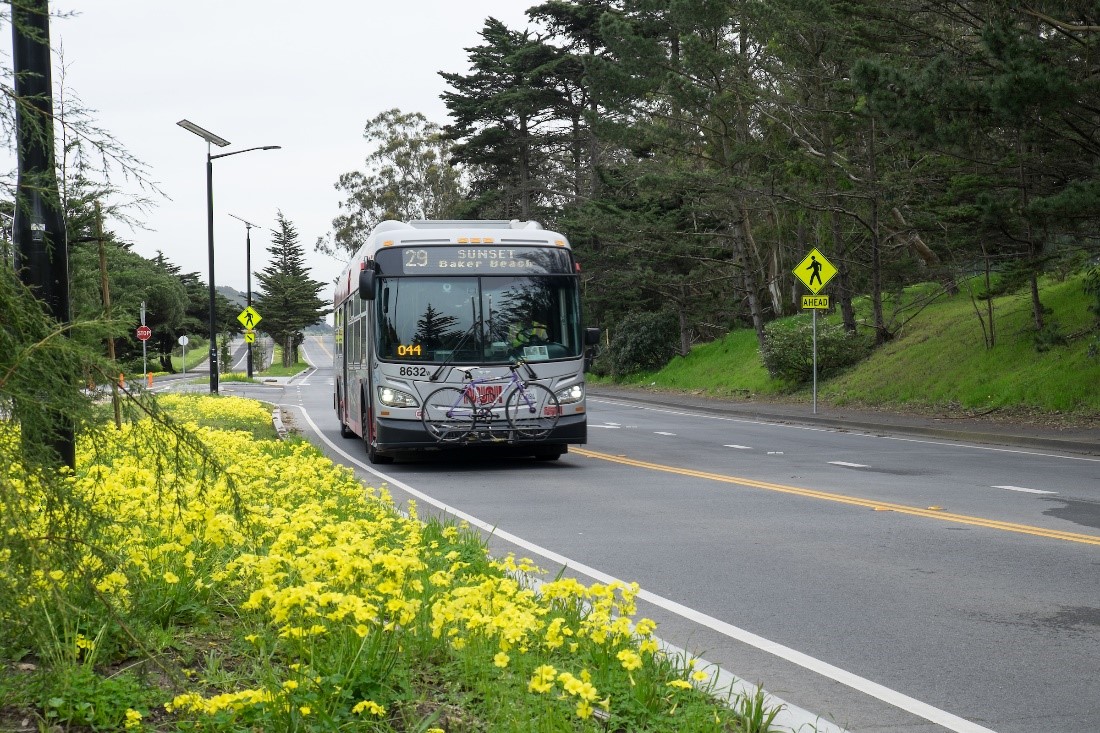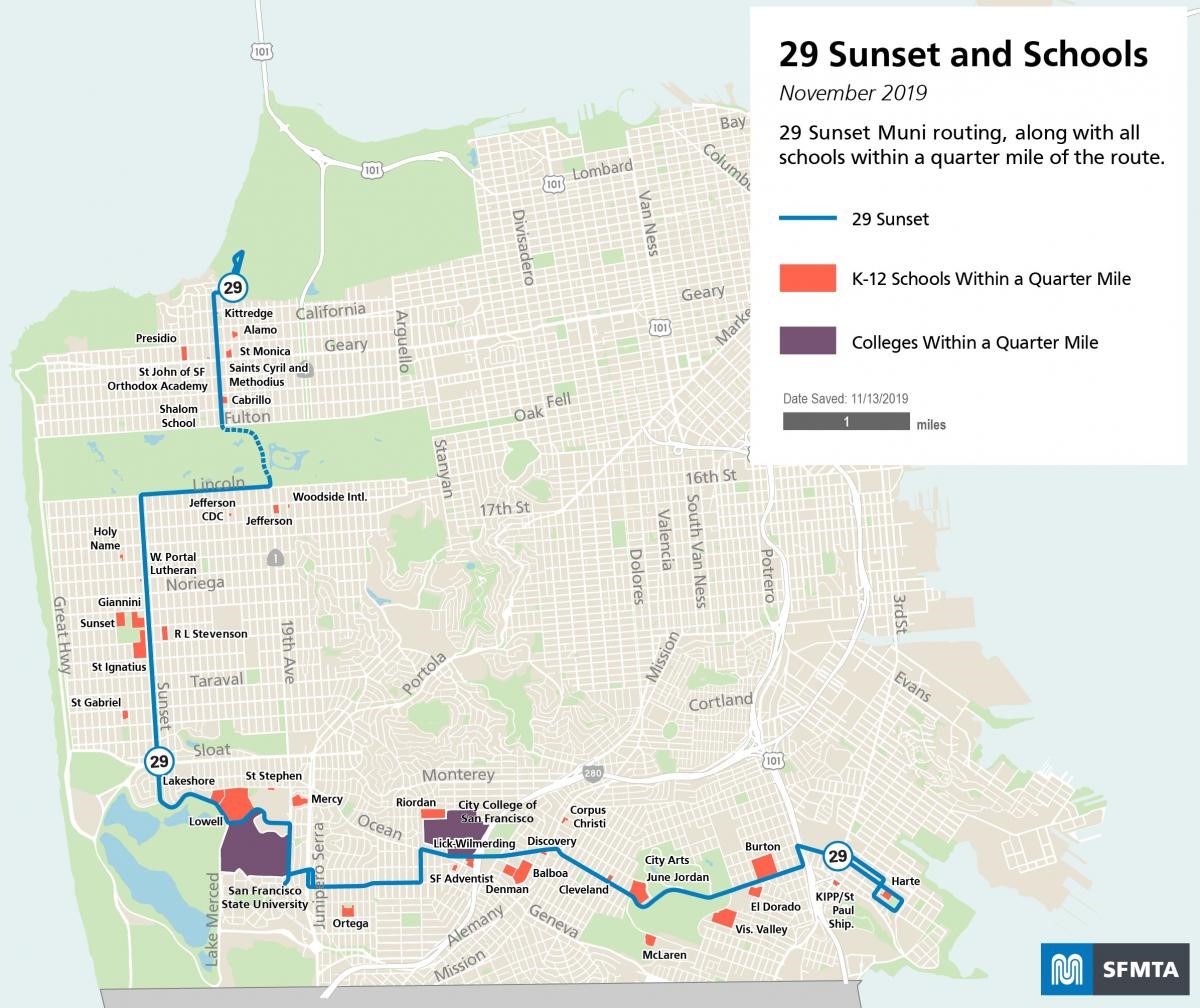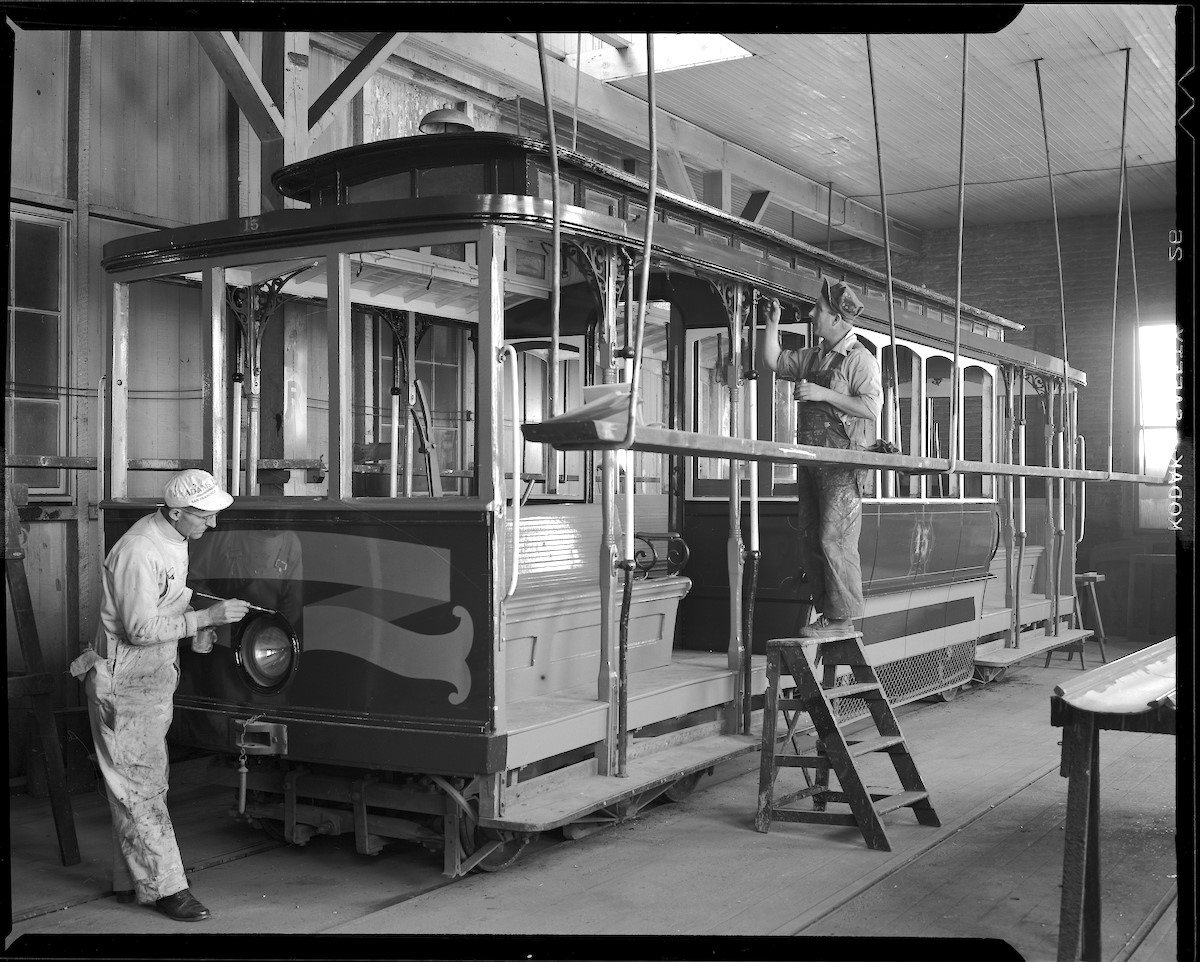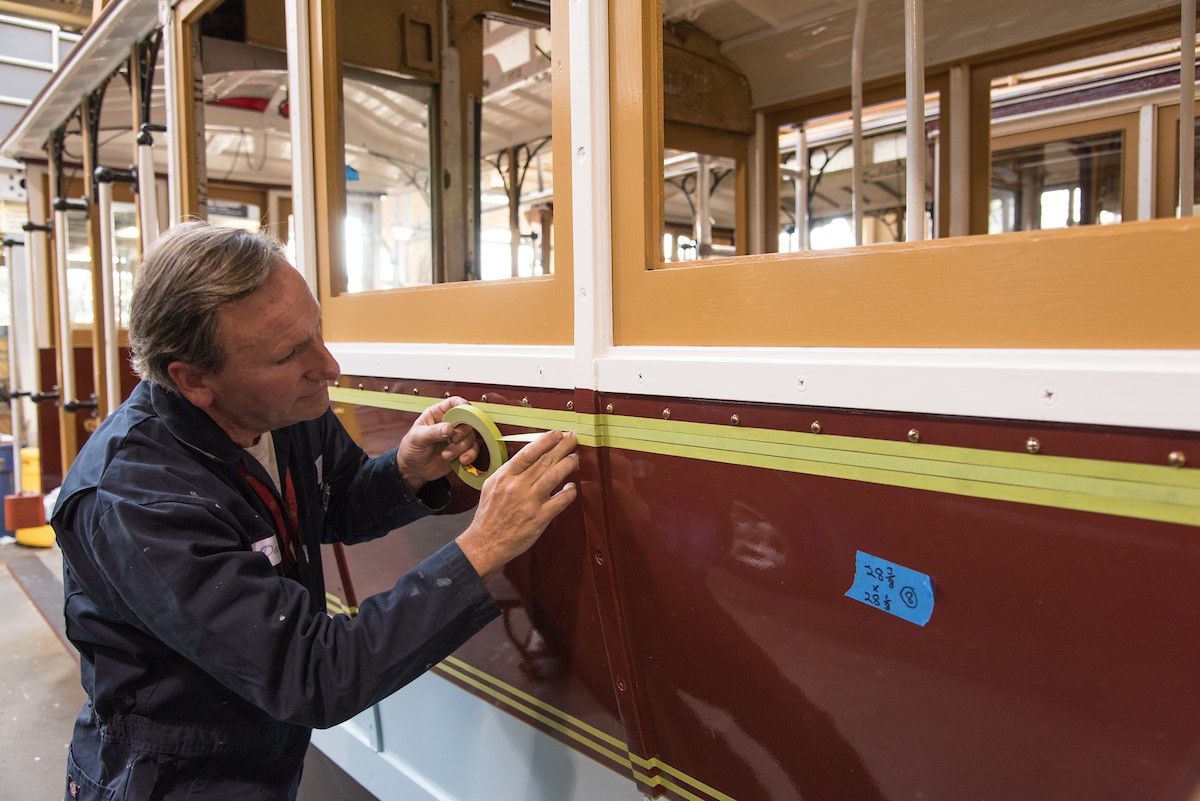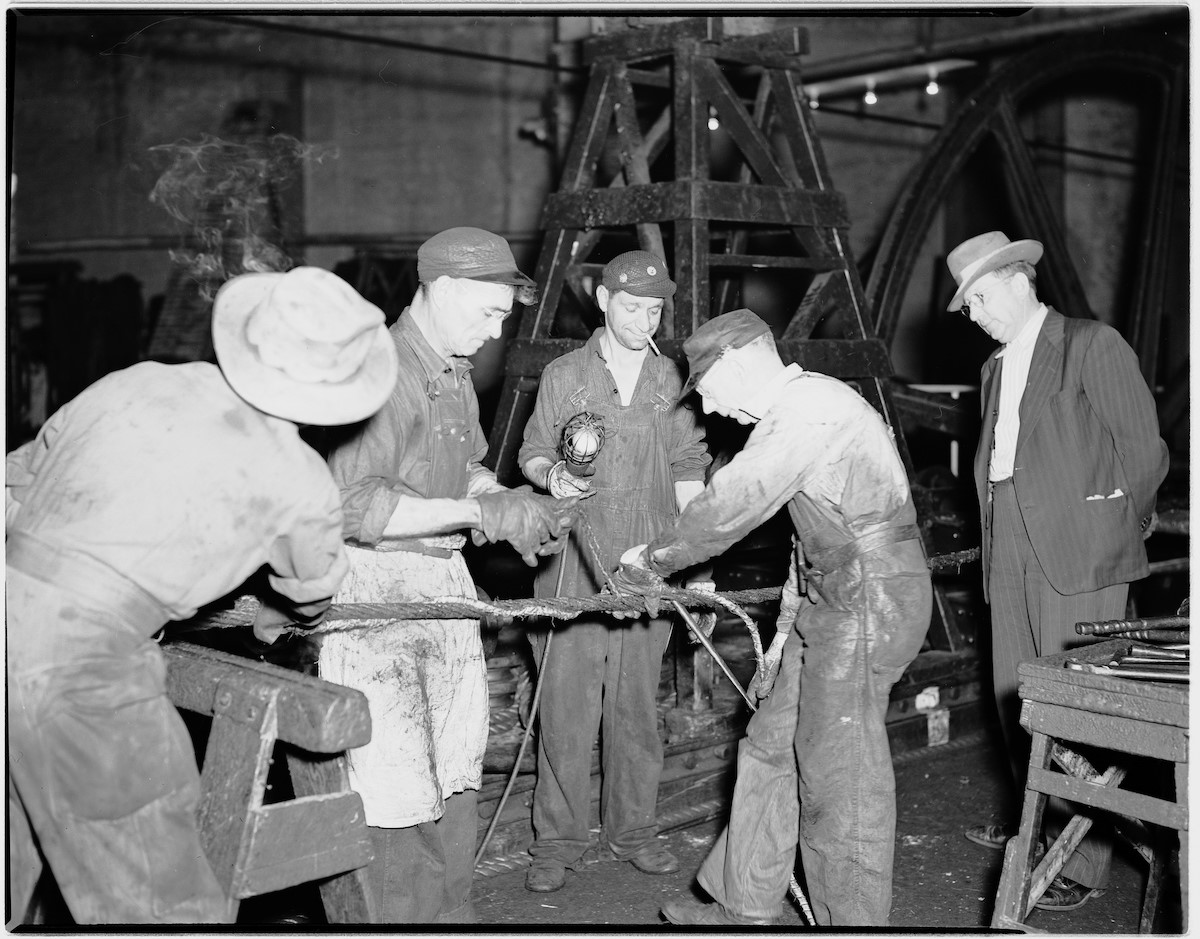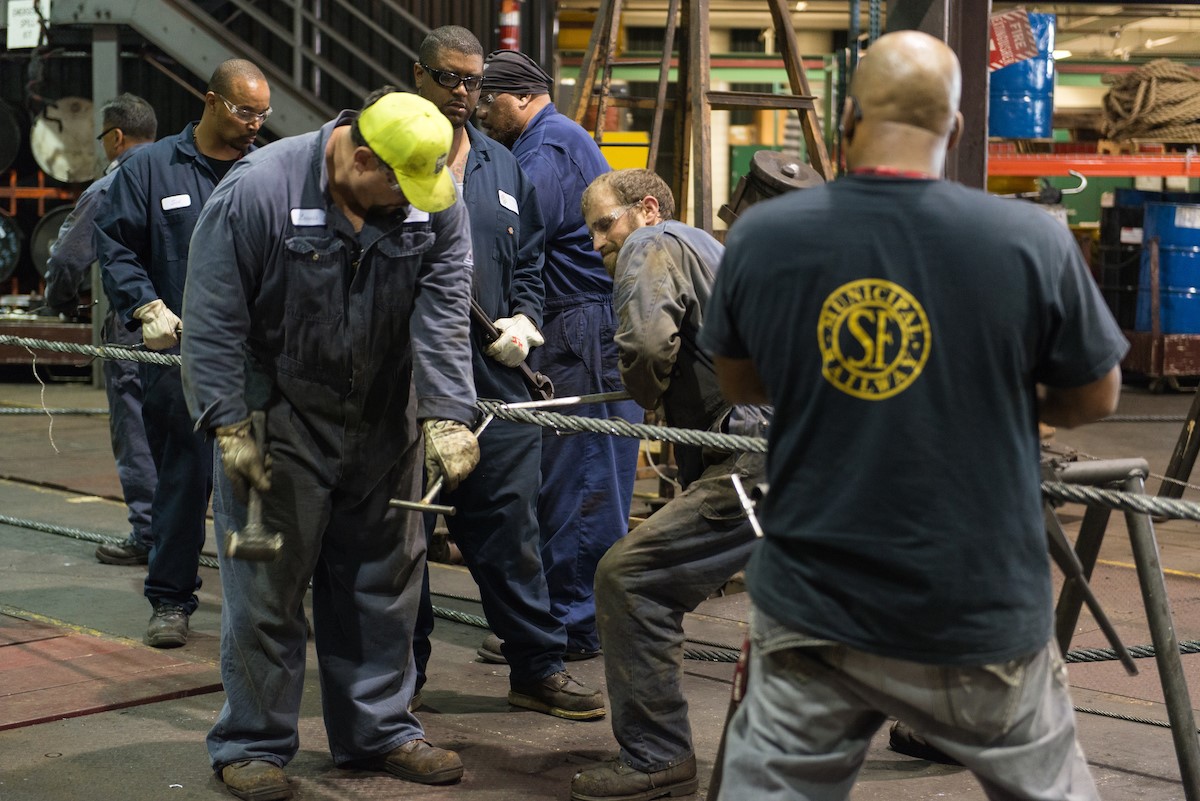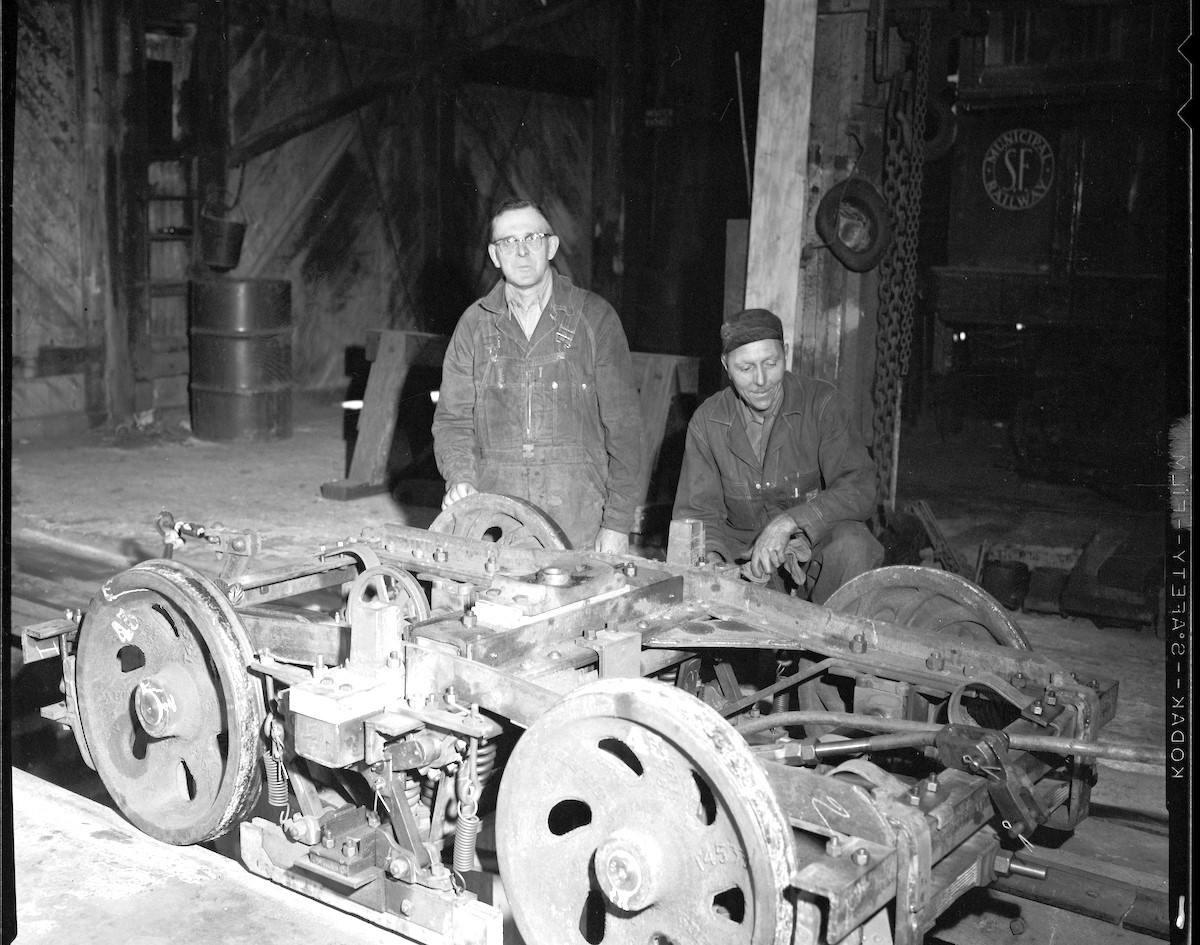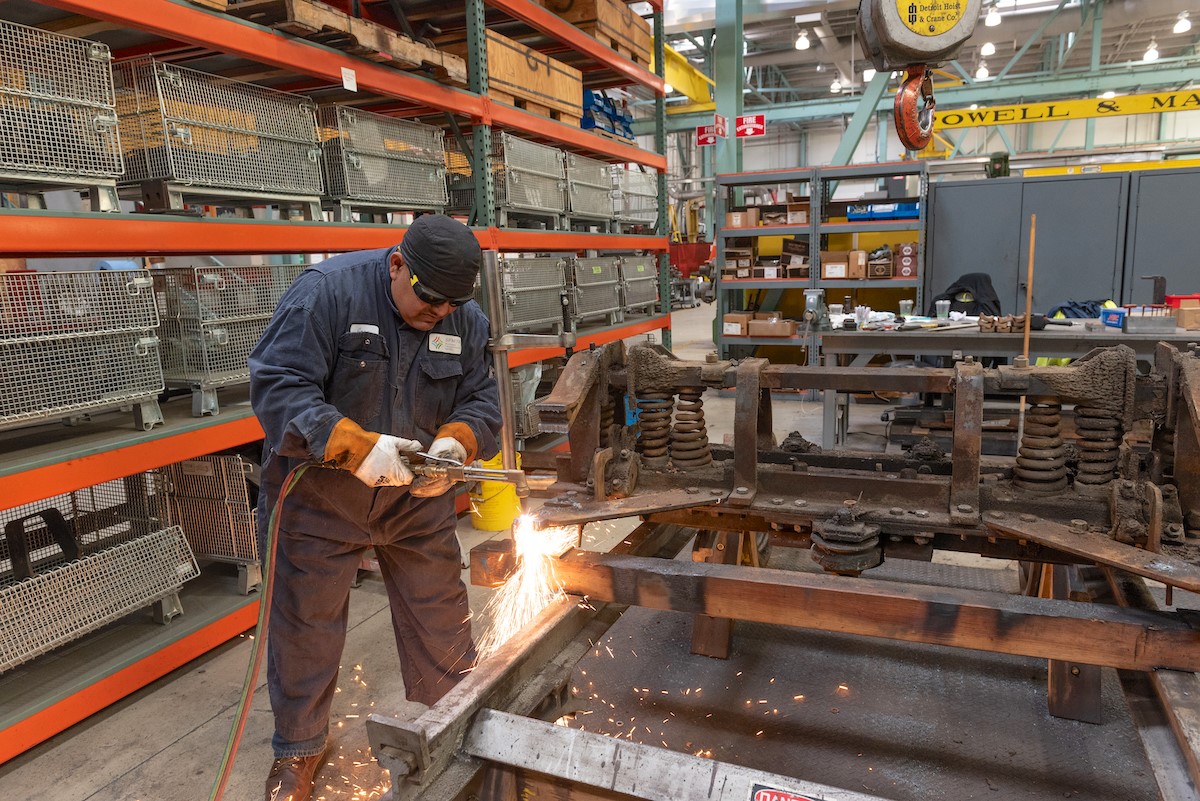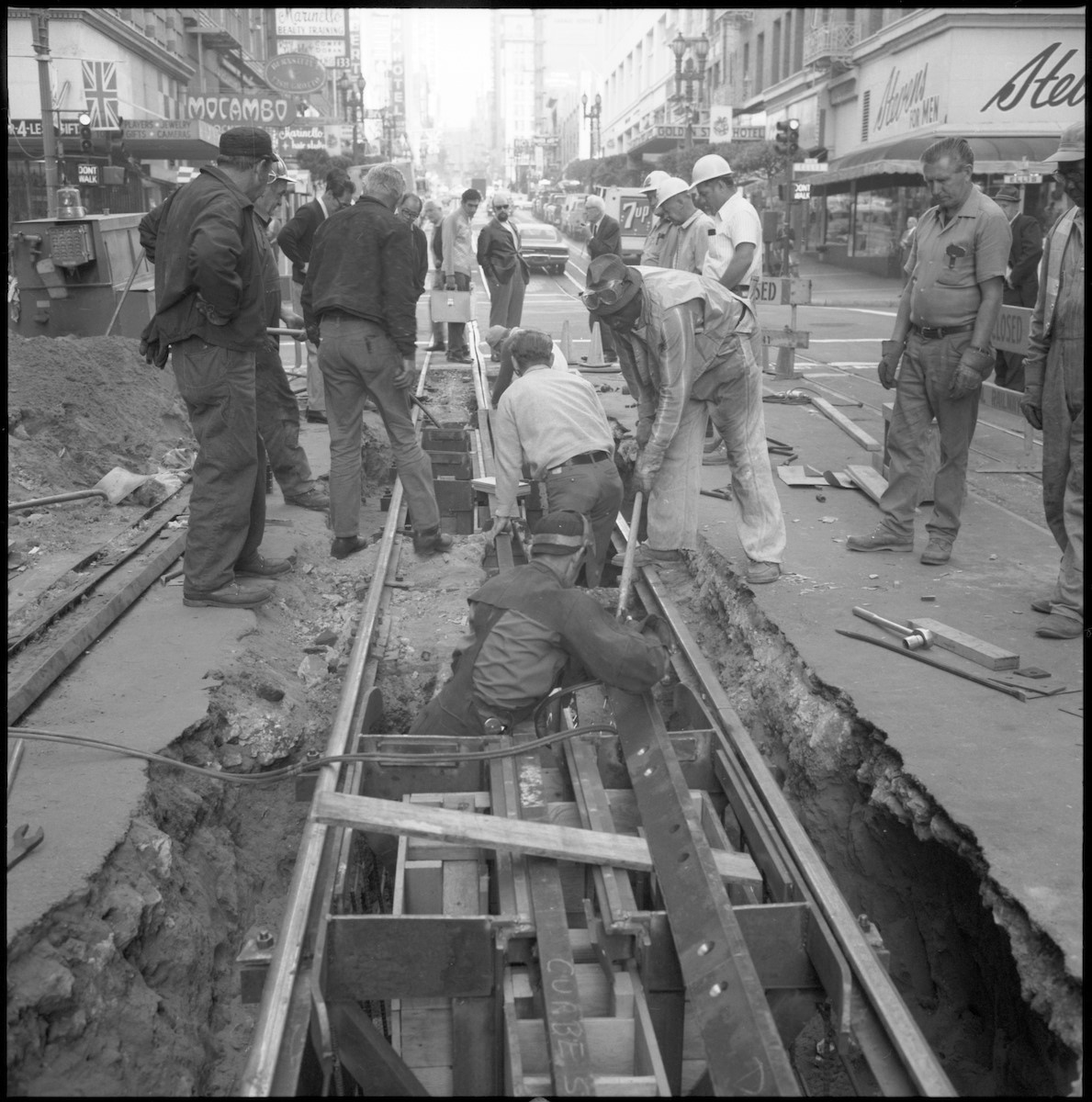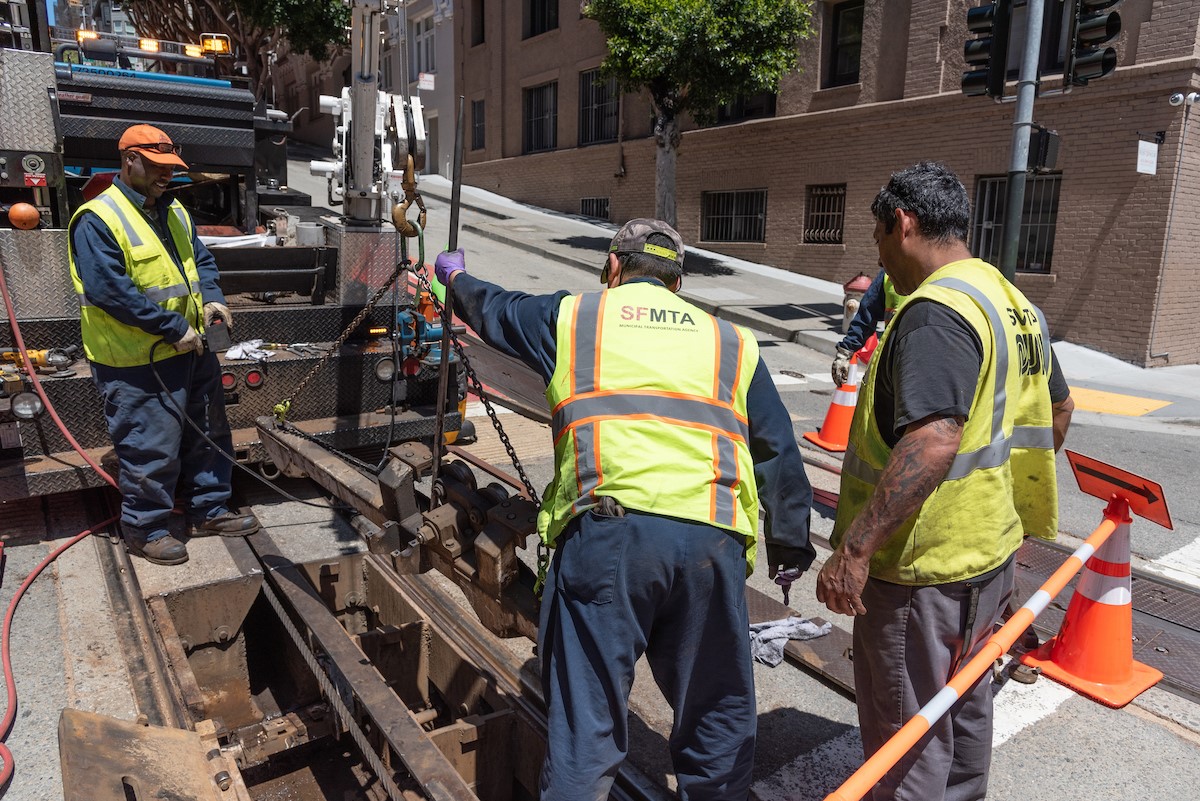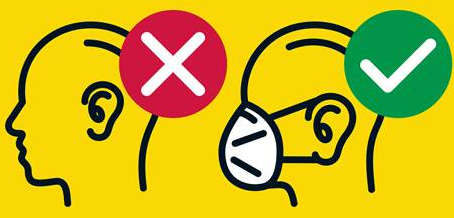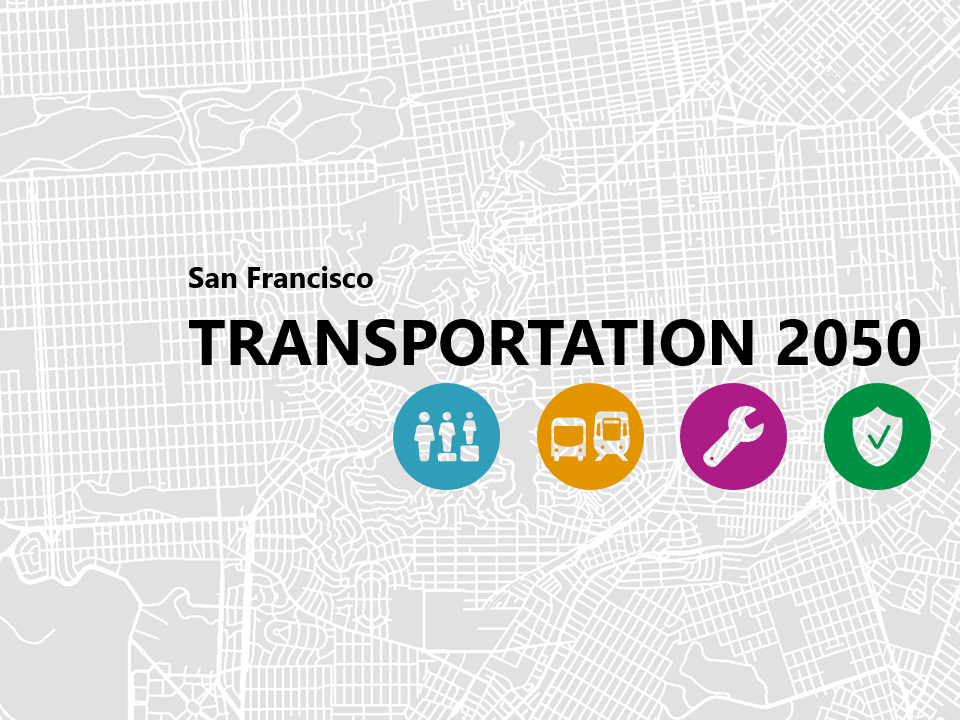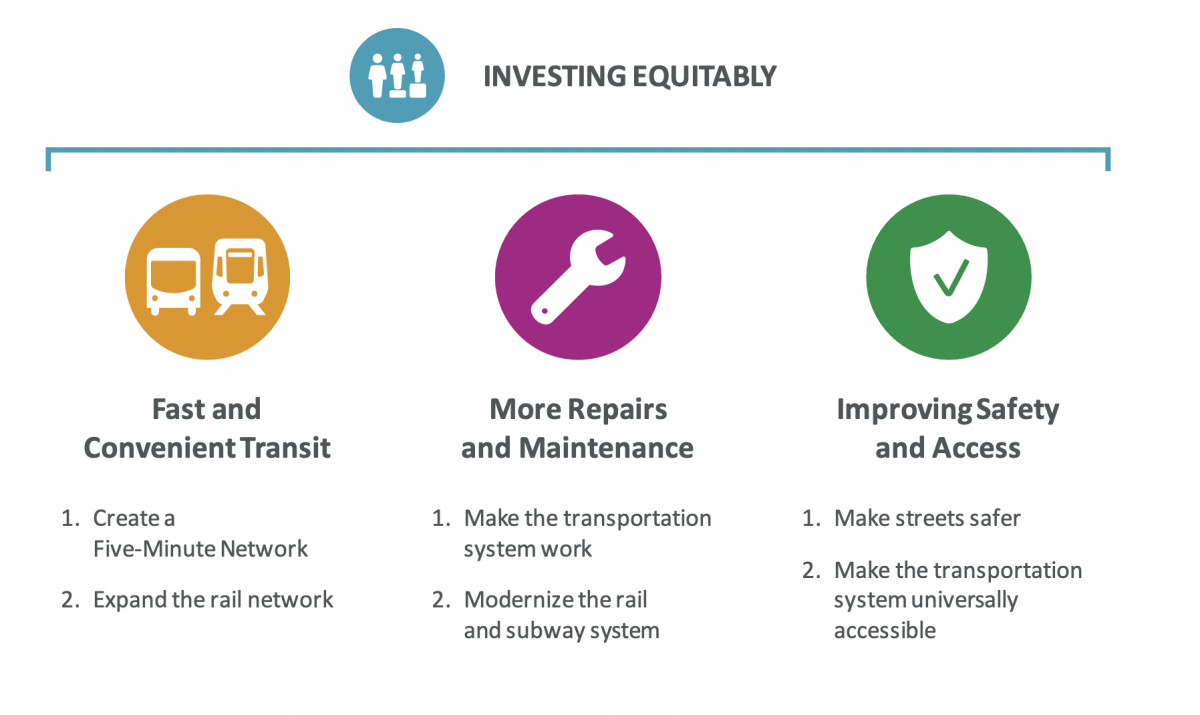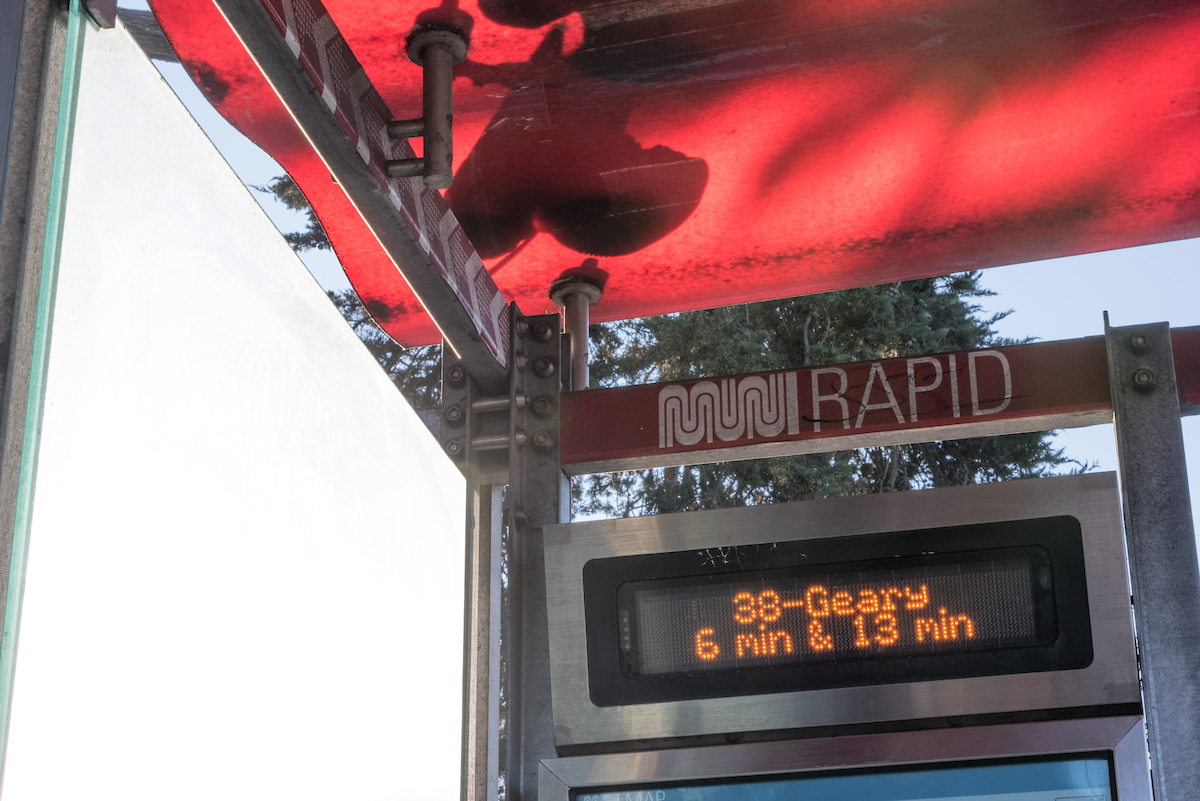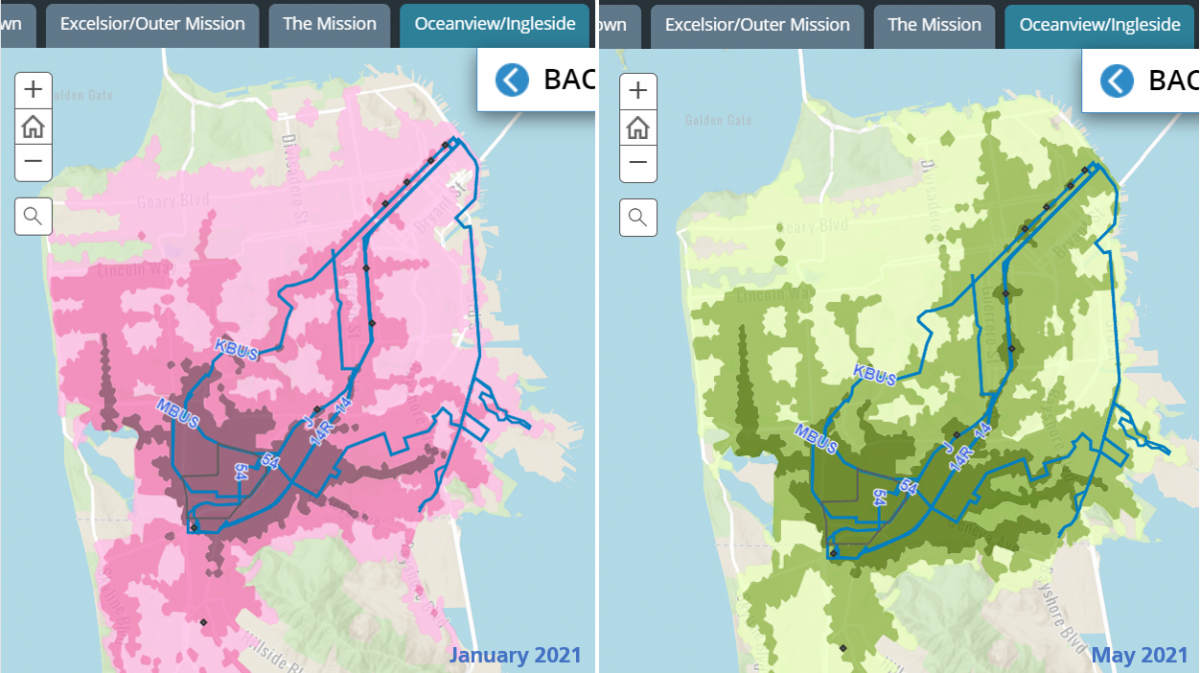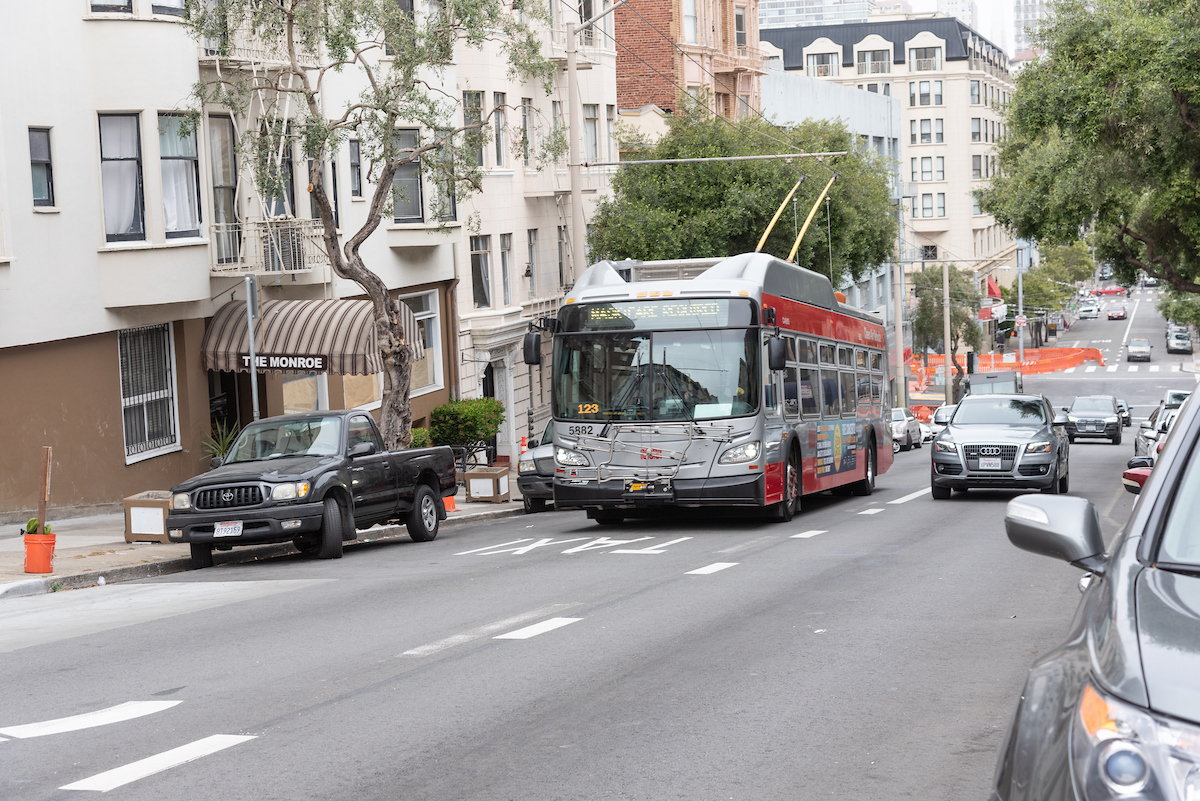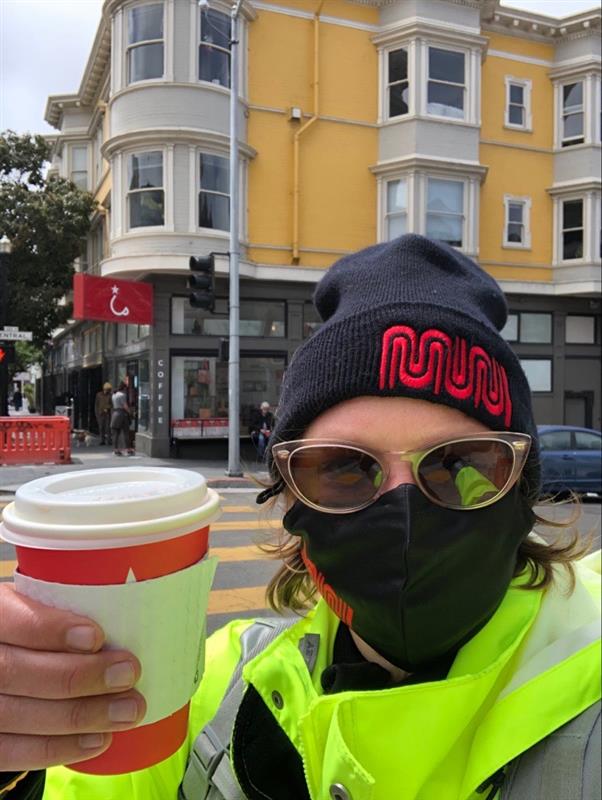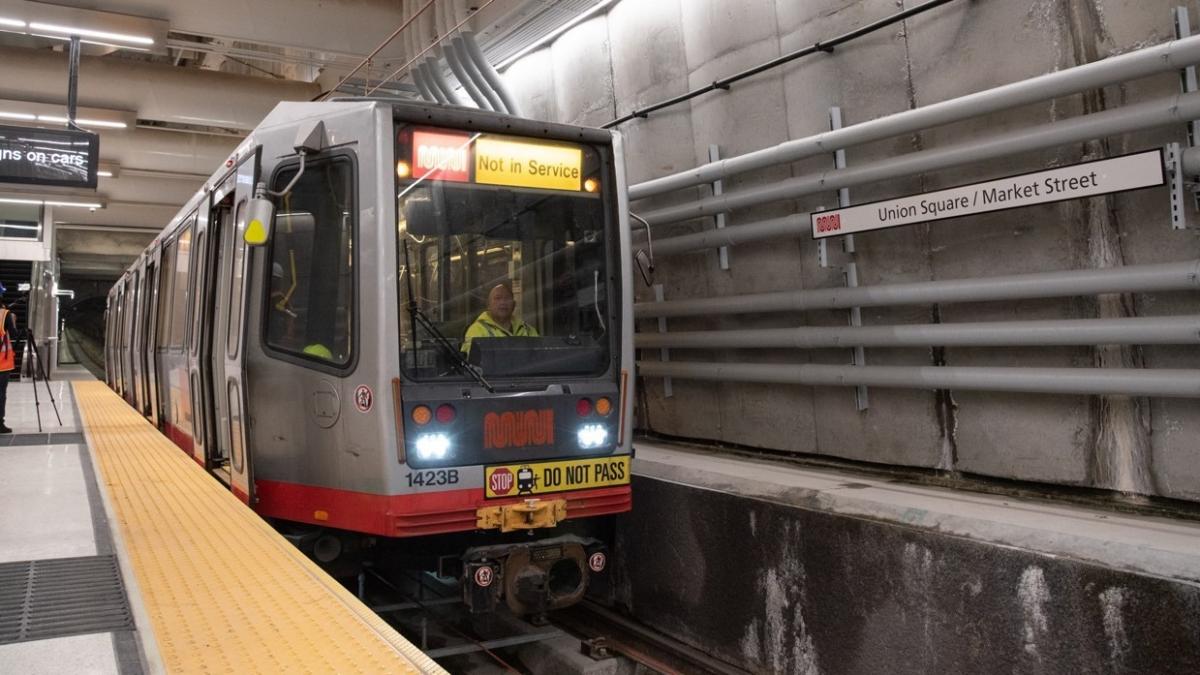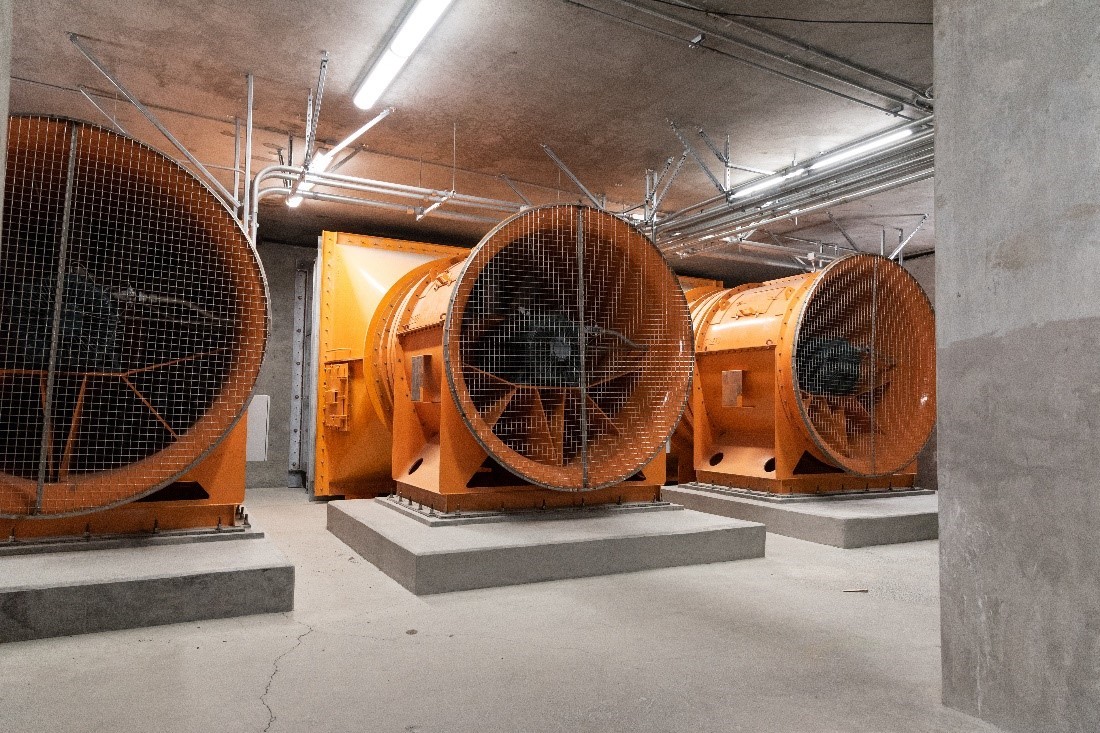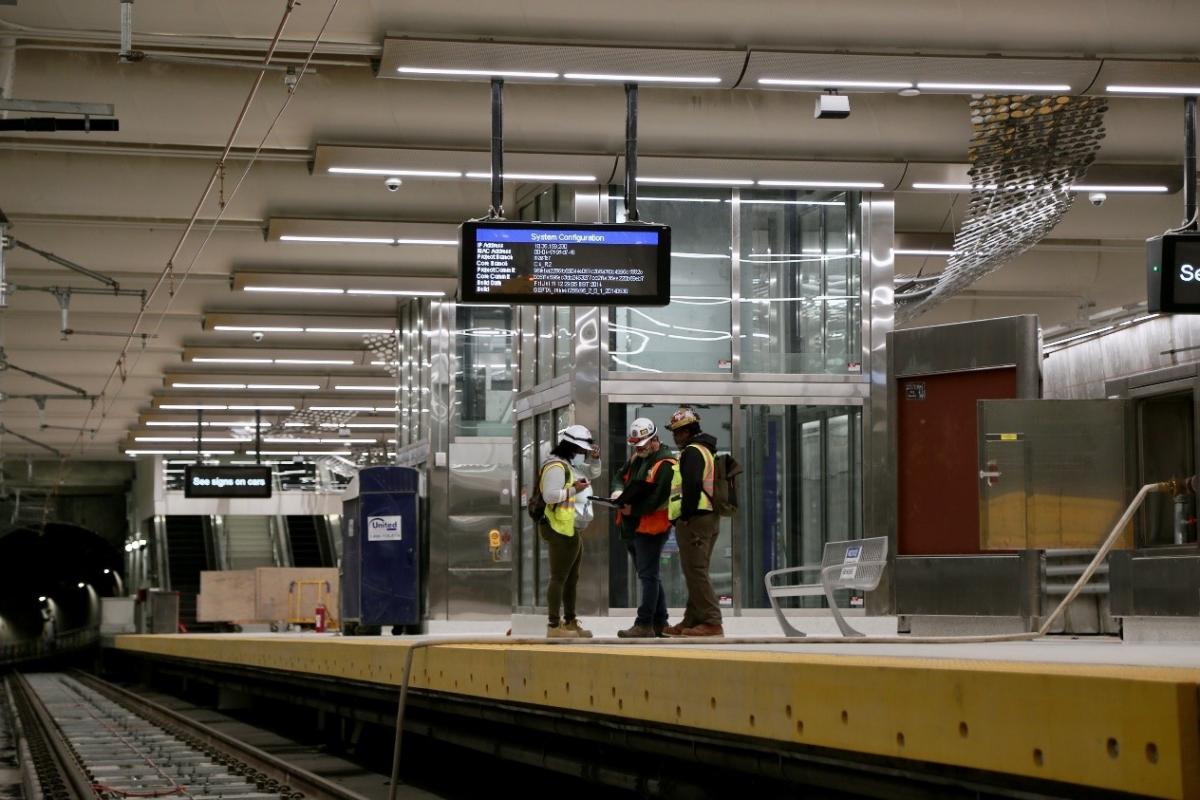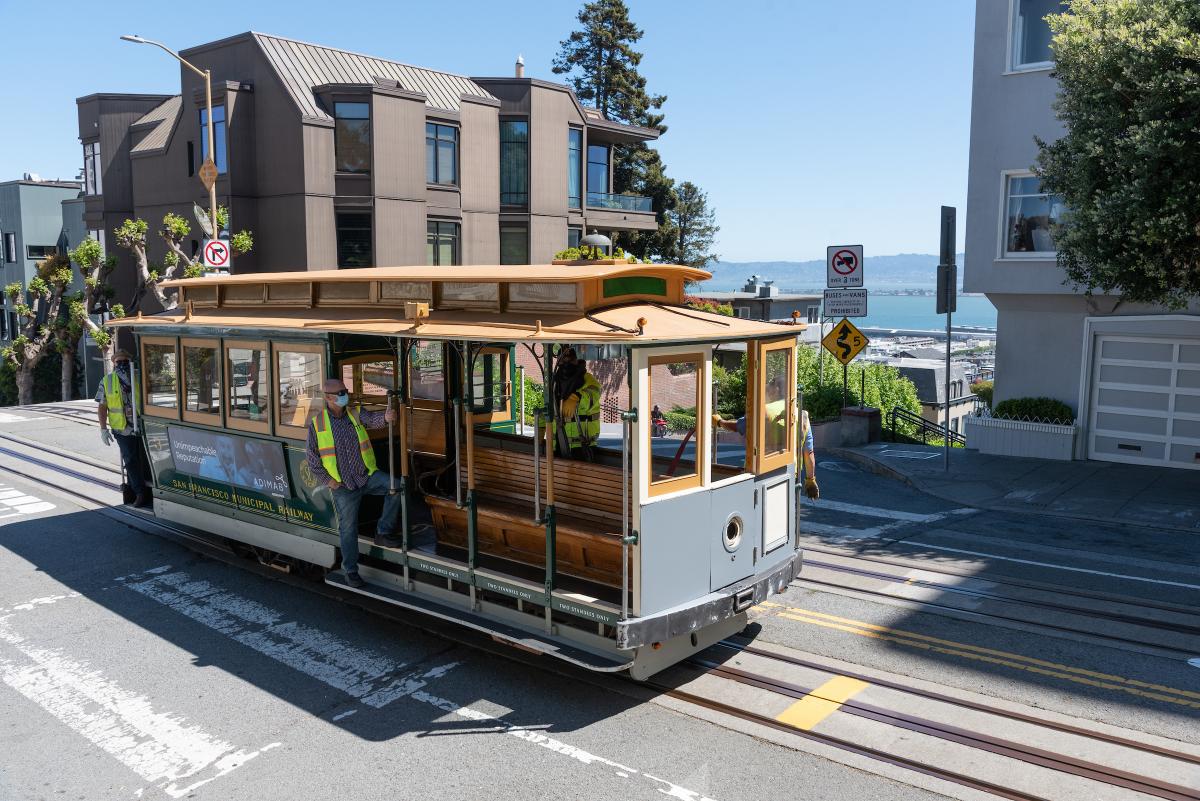What to Expect When Muni Service is Expanded on August 14
By Angela Genochio
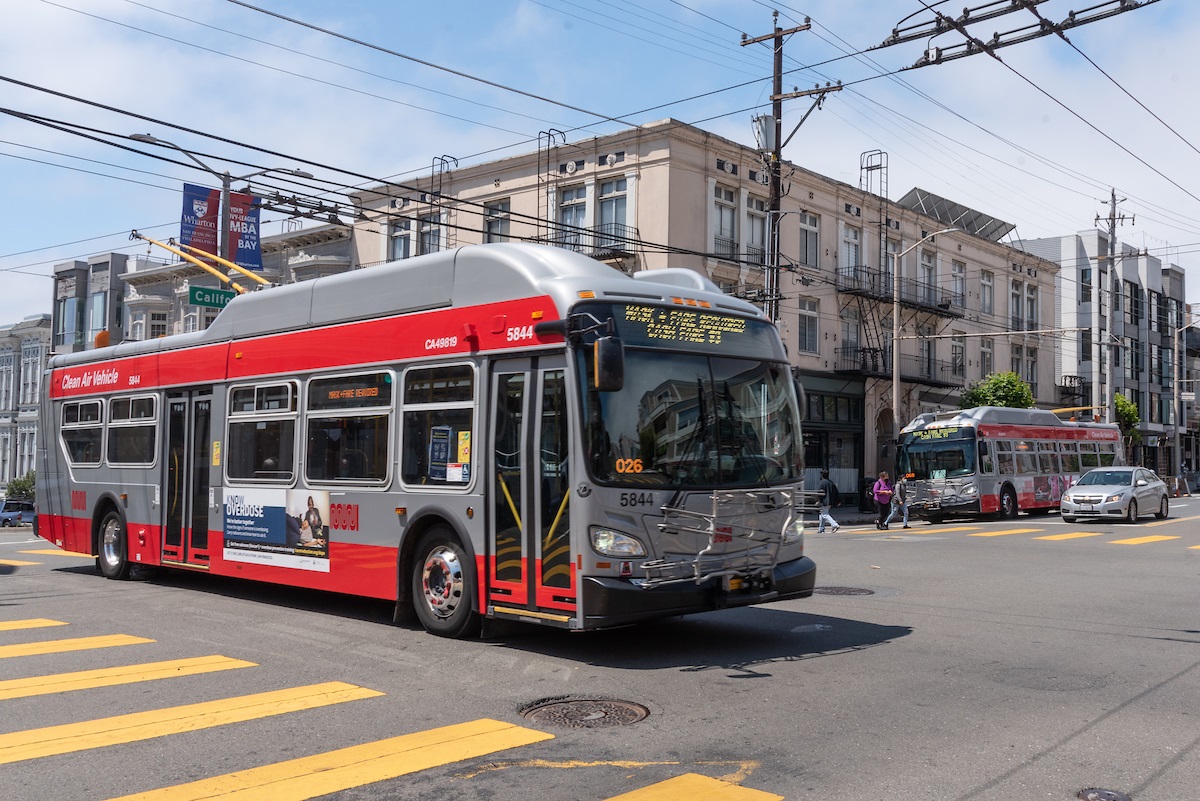
Effective August 14, 2021, bus and rail routes will serve 98% of San Francisco within 2 or 3 blocks of a stop.
On Saturday, August 14, the SFMTA will launch another COVID-19 Muni Service Change, adding several connector routes and bridging service gaps in hill neighborhoods. 18 routes will be restored, expanded or modified, including the M Ocean View Metro rail, 28 19th Avenue, 31 Balboa, 52 Excelsior and 66 Quintara.
These service changes continue to support the city’s economic recovery by ensuring that 98% of San Franciscans have access to Muni transit service within two to three blocks of their home or work. The next Muni service change is anticipated for winter, when the Muni service plan is expected to begin to normalize post-pandemic.
Service hours will be extended from approximately 5 a.m. to midnight daily on select routes. All other routes will generally have service hours of 5 a.m. to 10 p.m. daily, but may vary between weekday and weekend. Please refer to specific route pages for more details. Owl network service hours will change to approximately midnight to 5 a.m. daily except on the L Owl. The L Owl to Fisherman’s Wharf will begin at 10 p.m. and end at 5 a.m. daily.
In September, once testing is complete, scheduled cable car service will return on all three lines --the Powell-Hyde, the Powell-Mason and the California-- from 7:30 a.m. until 10 p.m.
Per federal law, customers still required to wear face masks when riding Muni and using Muni facilities.
Below is the complete list of service changes. Please note that details are subject to change. For the most up to date information with free language assistance and accessibility, please call 311 or (415) 701-4311 or visit the COVID-19 Muni Core Service Network webpage.
August 14 Muni Service Changes
M Ocean View: Rail service will resume for the entire route replacing Metro buses between Balboa Park BART Station and Embarcadero Station. Daily frequency, 10-12minutes.
5R Fulton Rapid: Full route from La Playa Street to the Transit Center Bus Plaza. Weekday only service every 10 minutes.
9R San Bruno Rapid: For weekday only service vehicles will be upsized to 60-foot articulated coaches to provide more capacity. Daily frequency, 8-10 minutes.
12 Folsom Long: Full route with extension to Rincon Hill, SoMa and the Mission District. The extended route will run between Van Ness Avenue and Cesar Chavez and Mission Street. Daily frequency, 20 minutes.
12 Folsom Short: New short route will travel between Van Ness Avenue and Main and Howard streets in SoMa to provide extra capacity in the east-west direction on Pacific Ave and Broadway. Daily frequency, 20 minutes.
18 46th Avenue: Full route from 19th Avenue and Buckingham Way to the Legion of Honor. Daily frequency, 20 minutes.
23 Monterey: Modified route will run daily from Bayview and terminate at West Portal Station The 23 Monterey will no longer travel on the Sloat Boulevard segment of the route, but the new 58 Lake Merced will provide service on Sloat Boulevard instead. The modified route will provide connections to Stonestown, Daly City BART, Lakeshore and John Daly Boulevard. Weekday frequency, 20 minutes. Weekend frequency, 30 minutes.
28 19th Avenue: Full route between Daly City BART Station and Van Ness Avenue and North Point Street will provide access to transfer points at UCSF, Kaiser Permanente and the California Pacific Medical Center and serve the Golden Gate Bridge Toll Plaza. Weekday frequency, 12 minutes. Weekend frequency, 15 minutes.
31 Balboa: Restored modified route from Cabrillo and La Playa to 5th Street and Market. Daily frequency, 20 minutes.
35 Eureka: Restored route from Diamond and Bosworth streets to Market and Castro streets with modifications to travel on Douglass and Hoffman will provide additional access in hilltop districts. Daily frequency, 30 minutes.
36 Teresita: Full route between Forest Hill Station and Valencia and Cesar Chavez streets. 36/52 Special service will be discontinued. Daily frequency, 30 minutes.
39 Coit: Full route between Coit Tower/Telegraph Hill to North Point and Stockton streets. Direct connections to North Beach and Fisherman’s Wharf providing daily service every 20 minutes.
48 Quintara/24th Street: Extended route from West Portal to Ocean Beach via Quintara Street. Weekday frequency, 15 minutes. Weekend frequency, 20 minutes.
52 Excelsior: Full route between Quintara Street and 14th Avenue and La Grande and Persia avenues with an extension to include part of the 6 Parnassus along 9th Avenue and Quintara Street in Golden Gate Heights. 36/52 Special service will be discontinued. Weekday frequency, 20 minutes. Weekend frequency, 30 minutes.
56 Rutland: Full route between 150 Executive Park and Visitation Valley Middle School with a new connection to the 29 Sunset. Weekday frequency, 20 minutes. Weekend frequency, 30 minutes.
57 Parkmerced and 58 Lake Merced: The pre-pandemic route will be split into two routes – the 57 Parkmerced and the new 58 Lake Merced.
- The 57 Parkmerced will be modified to provide service between Eucalyptus Drive and Junipero Serra Boulevard and Daly City BART, connecting Stonestown and Parkmerced.. The 57 will connect to the M Ocean View Bus on Junipero Serra. Daily frequency, every 20 minutes.
- The new 58 Lake Merced will run between 19th Ave and Buckhingham Way and Mission and Flournoy streets, serving the John Muir Drive portion of the former 57 Parkmerced route and the Sloat section of the 23 Monterey. The 58 will also connect to frequent Mission corridor routes. Daily frequency, every 20 minutes.
66 Quintara: Modified route between Haight and Stanyan streets and Vicente Street and 30th Avenue with an extension to include part of the 6 Parnassus between 9th Avenue and Cole Street. Daily frequency, every 20 minutes. Will provide access to UCSF Medical Center, Kezar Stadium and Mount Sutro.
Frequency Adjustments: The 9 San Bruno/9R San Bruno Rapid, 14 Mission/14R Mission Rapid, 19 Polk, and 38R Geary Rapid: Effective August 14, service will return to frequencies of approximately 8-10 minutes.
School Trippers: Most pre-pandemic school trippers – such as the 8, 23, 29 and 44 – will return to service in time for the start of the 2021 academic year. This service provides extra afternoon buses on existing high demand routes that serve San Francisco public schools. School trippers begin their route at a school site, pick up students and continue as normal, providing added capacity and reducing crowding. See the full list of schools with trippers here.
Late Night Service: Service hours will be extended from 5 a.m. to midnight daily (instead of 5 a.m. to 10 p.m.) on the following routes:
- 1 California, 5 Fulton, 8 Bayshore, 9 San Bruno, 14 Mission, 22 Fillmore, 24 Divisadero, 25 Treasure Island, 28 19th Ave, 29 Sunset, 30 Stockton, 38 Geary, 43 Masonic, 44 O’Shaughnessy, 48 Quintara-24th St, 49 Van Ness/Mission
- K Bus, N Bus and T Bus service will also extend from 9 p.m. to midnight (instead of 9 p.m. to 10 p.m.) between the end of Muni Metro service and the start of Owl service.
Owl Service:
- The 5 Owl (between La Playa Street and McAllister and Jones streets) and 48 Owl (between Castro Street and 20th and 3rd Streets) will return to service, bringing back the full pre-pandemic Owl network.
- Owl service hours will shift to midnight to 5 a.m. daily at a 30 minute frequency (instead of 10 p.m. to 5 a.m. daily) on all Owl routes except the L Owl. The 14 Owl will continue to run at 15 minute frequency.
- L Owl service will continue to operate from 10 p.m. to 5 a.m. at approximately a 20 minute frequency.
Published August 03, 2021 at 08:01AM
https://ift.tt/3lxdtRv
